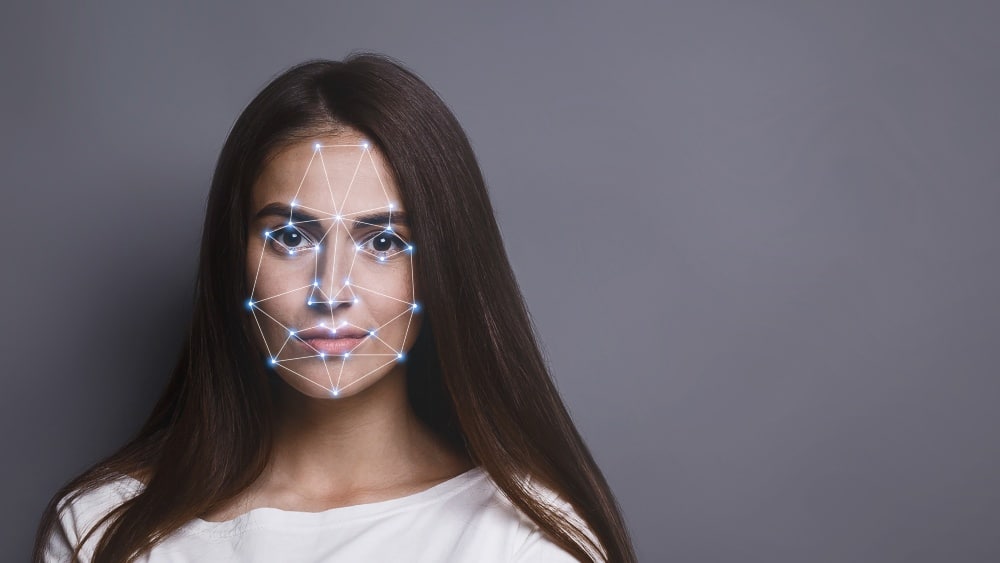In the face of biometrics – facial recognition


Victoria Rees
Share this content
Ofer Ronen, Executive Vice President of Global Business Development at Corsight AI discusses how facial recognition can be applied to any number of situations.
Article Chapters
ToggleFacial recognition
“Facial recognition stands as a pivotal artificial intelligence (AI) application in our daily lives, commonly recognized in tasks such as unlocking smartphones, accessing secure doors and self-identification at kiosks,” began Ronen.
“However, the dynamics shift significantly when it comes to facial recognition through security cameras in uncontrolled environments, where the subjects aren’t actively participating.
“This necessitates a set of sophisticated capabilities.
“Corsight AI’s technology is tailor-made for security camera applications, thriving under challenging conditions such as poor lighting, difficult angles and even when faces are partially obscured.”
He explained that for simple tasks like unlocking a phone, the process involves a ‘one-to-one’ identification, matching the user’s face with a single stored reference.
In contrast, government agencies might process the faces of millions daily, comparing each against extensive databases containing hundreds of thousands of individuals of interest.
The most common use of facial recognition for security purposes involves identifying individuals known as threats from a watchlist.
Law enforcement agencies utilize this technology to identify wanted and missing persons, while retailers use it to recognize individuals with histories of shoplifting and violence. However, new applications for this technology are emerging.
Recognizing the unknowns
Beyond basic recognition, Corsight AI has introduced a novel concept termed Facial Intelligence.
This technology extends traditional facial recognition capabilities to detect specific scenarios without prior knowledge of the individuals involved, by analyzing the patterns of their appearances in terms of frequency and duration.
“This innovative approach enables the technology to address a broad array of scenarios unmatched by existing solutions, including real-time detection of events like shoplifting, identifying VIP customers, preventing ATM fraud and managing queue dynamics efficiently,” Ronen said.
“In many grocery stores, expensive goods are locked up.
“When a customer is waiting near these displays for a minute or two, they may eventually move away and not purchase the item if no one comes to help them.”
However, Facial Intelligence technology can be used to identify when a customer is waiting and notify staff to attend them, improving their experience at that store.
Ronen explained that facial recognition is also useful for transport security; it can be applied to transit hubs and detect when a person or group of people are waiting in a certain area for prolonged periods of time.
“In major cities, there might be pickpockets, drug dealers, bag snatchers or other bad actors who wait at transportation hubs,” he said.
“Facial Intelligence can recognize such scenarios and alert security personnel in real time.”
Likewise, he added, government buildings may find use for this application – if someone is lingering outside an official office for too long, they may have bad intentions that threaten the safety of high-level individuals.
If they are flagged as suspicious, then it’s easier for security to be more proactive in their roles.
Facial recognition in natural disasters
In the context of natural disasters, Ronen emphasizes the critical role of facial recognition.
“Areas affected by natural calamities like floods, earthquakes and tsunamis often face the daunting challenge of identifying numerous victims,” he commented.
“In these moments, facial recognition becomes an invaluable tool for rapidly identifying those affected.”
He added that: “Disaster areas are usually characterized by poor visibility conditions and some victims are difficult to identify.
“This renders most facial recognition solutions useless. Corsight AI’s advantage of accurate identification in real-world conditions makes it optimal for rescue agencies and first responders.”
Terror attacks – making order in chaos
Ronen also recounted the application of Corsight AI’s technology following the wave of conflict in Israel last October, where it played a role in hospitals by identifying numerous unconscious or deceased individuals, and aided in the search for missing persons.
He stressed the importance of establishing a facial recognition infrastructure beforehand, underscoring that readiness enables swift and effective response in the wake of disasters.
Addressing the chaos ensuing from terrorist incidents or mass shootings, Ronen pointed out the unique requirements of such situations: “Beyond identifying victims who may be unconscious or without ID, there’s an urgent need to analyze the event comprehensively.
“This includes identifying attackers, victims and possibly hostages, necessitating a technology capable of integrating and processing data from diverse sources like CCTV, drones, body cameras and even social media,” he said.
Ronen emphasized that these scenarios are meant in the general sense and are not attributed to specific uses to any government bodies utilizing Corsight AI‘s technology.
This article was originally published in the March edition of Security Journal Americas. To read your FREE digital edition, click here.


